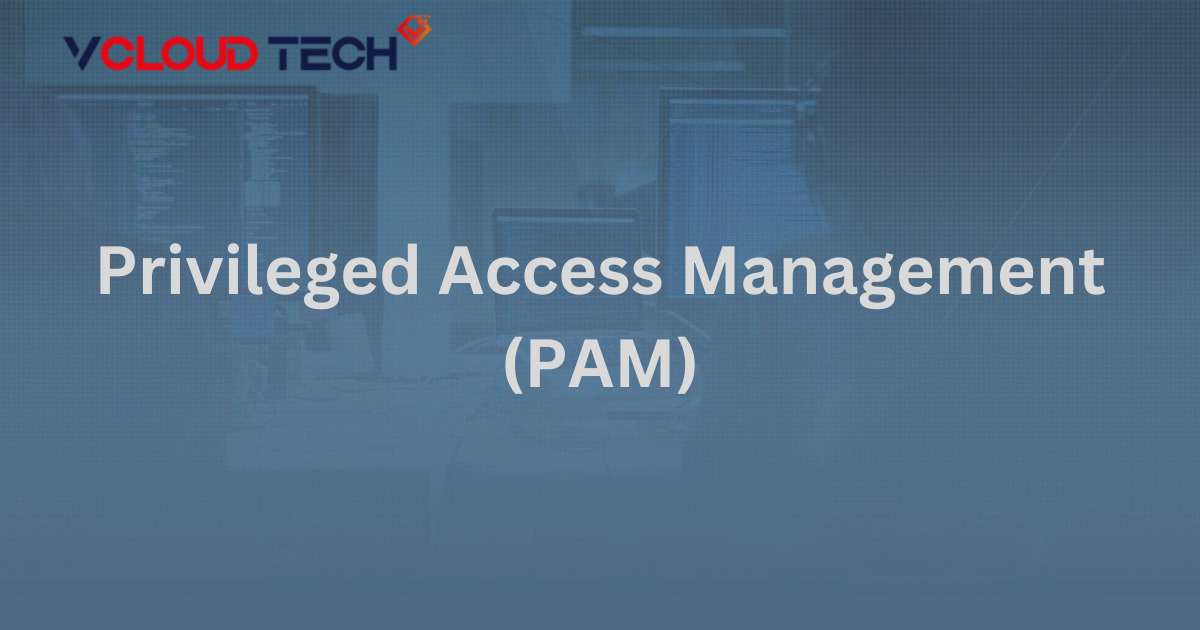Protecting sensitive information and critical systems is paramount in today’s ever-evolving cybersecurity landscape. One crucial aspect that organizations focus on is Privileged Access Management (PAM). This comprehensive exploration will delve into the fundamentals of PAM, its inner workings, best practices, importance, benefits, implementation strategies, and its distinctions from Identity Access Management (IAM). Let’s embark on a journey through the world of PAM, understanding why it is a cornerstone of robust cybersecurity.
What is Privileged Access Management (PAM)?
Privileged Access Management (PAM) is the set of security measures and policies designed to manage, monitor, and control access to privileged accounts within an organization. Secret accounts, often held by administrators and IT personnel, possess elevated permissions that, if misused or compromised, could lead to severe security breaches. PAM solutions aim to mitigate these risks by ensuring access to sensitive systems and data is tightly controlled and audited.
How Does Privileged Access Management Work?
PAM operates through a combination of technologies and policies restricting access to privileged accounts. These tools include session recording, access reviews, and automated password rotation to bolster security.
PAM Tools: Safeguarding Access
One key component of PAM is the array of tools designed explicitly for privileged access management. These tools play a pivotal role in securing sensitive information and maintaining the integrity of critical systems. Examples of PAM tools include CyberArk, BeyondTrust, and Thycotic Secret Server. These tools facilitate secure password management, access monitoring, and the enforcement of least privilege principles.
Implementing PAM tools involves defining access policies, roles, and responsibilities. These tools typically integrate with existing authentication systems, ensuring a seamless user experience while adding a layer of security.
Privileged Access Management Best Practices
To derive the maximum benefit from PAM solutions, organizations should adhere to best practices:
- Least Privilege Principle: Grant users the minimum level of access required to perform their duties, reducing the risk associated with excessive permissions.
- Regular Access Reviews: Review and validate access permissions to ensure they align with current job responsibilities.
- Multi-Factor Authentication (MFA): Implementing MFA for an additional layer of security, especially for privileged accounts, adds an extra barrier against unauthorized access.
- Session Monitoring: Enable real-time monitoring of privileged sessions to detect and respond to suspicious activities promptly.
- Automated Password Rotation: Regularly rotate and update passwords automatically to minimize the risk of unauthorized access. Automatic password rotation enhances security and reduces the burden on administrators, ensuring that password policies are consistently enforced.
The Importance of Privileged Access Management
The significance of PAM lies in its ability to safeguard critical systems and data from unauthorized access. By effectively managing and monitoring privileged accounts, organizations can mitigate the risks associated with insider threats, external cyber attacks, and unintentional mishandling of sensitive information.
Implementing PAM is not just a security measure but a strategic move to protect an organization’s reputation and ensure business continuity. The consequences of a security breach involving privileged access can be severe, ranging from financial losses to reputational damage.
Benefits of Privileged Access Management
Implementing PAM brings about several tangible benefits for organizations:
Enhanced Security:
PAM reduces the risk of unauthorized access, limiting the potential damage of security breaches. Proactively managing privileged accounts ensures that the impact is minimized even if a breach occurs.
Regulatory Compliance:
Many industry regulations and compliance standards mandate the implementation of PAM to ensure data protection and privacy. Adhering to these standards avoids legal consequences and builds trust with customers and stakeholders.
Improved Accountability:
PAM tools provide detailed audit logs, enhancing accountability and facilitating forensic investigations if necessary. Tracing every action taken by privileged accounts is invaluable for understanding the scope and impact of security incidents.
Operational Efficiency:
Automated password management and access controls streamline administrative tasks, improving overall operating efficiency. Organizations can allocate resources more effectively by reducing the manual workload associated with privileged access.
The holistic benefits of PAM extend beyond mere security; they contribute to an organization’s overall resilience and efficiency.
How to Implement PAM Security?
The successful implementation of PAM involves several key steps:
Assessment:
Identify privileged accounts and assess associated risks. A comprehensive assessment forms the foundation for a tailored PAM strategy that addresses the specific needs and risks of the organization.
Selection of PAM Tools:
Choose PAM tools that align with organizational needs and security requirements. Consider factors such as scalability, ease of integration, and vendor reputation when selecting PAM solutions.
Policy Development:
Define access policies, including roles, responsibilities, and permissions. Articulated policies guide administrators and users, ensuring a consistent and secure approach to privileged access.
Training and Awareness:
Educate users and administrators about the importance of PAM and best practices for secure access. Human factors play a significant role in Cybersecurity, and an informed workforce is better equipped to adhere to security protocols.
Continuous Monitoring:
Implement continuous monitoring to promptly detect and respond to security incidents. Real-time monitoring ensures that suspicious activities are identified and addressed before escalating into a full-fledged security breach.
What is the Difference Between IAM and PAM?
While both Identity Access Management (IAM) and PAM are integral components of cybersecurity, they serve distinct purposes. IAM manages user identities, authentication, and system access based on user roles. In contrast, PAM specifically targets protecting privileged accounts and the critical systems they access, ensuring heightened security for the most sensitive aspects of an organization’s infrastructure.
Understanding this distinction is crucial for organizations as it guides them in adopting a comprehensive approach to security. IAM and PAM work together to create a layered defense that addresses both user and privileged access.
What are the Uses of PAM?
PAM finds applications across various industries and organizational setups:
Enterprise Security:
PAM is essential for securing privileged access in large enterprises with complex IT infrastructures. The larger the organization, the more critical it becomes to manage and monitor secret accounts effectively.
Healthcare:
In the healthcare sector, PAM helps safeguard patient data and ensures compliance with healthcare regulations. The sensitive nature of healthcare data requires robust PAM solutions to maintain confidentiality and compliance.
Finance:
Financial institutions rely on PAM to protect sensitive financial data and maintain the integrity of transactions. The financial sector is a prime target for cyber attacks, making PAM a non-negotiable component of cybersecurity strategy.
Government:
Government agencies utilize PAM to secure critical infrastructure and sensitive information. With its vast repositories of sensitive data, the public sector must implement PAM to protect against cyber threats and ensure national security.
Conlusion:
In conclusion, Privileged Access Management stands as a linchpin in modern cybersecurity strategies. By implementing robust PAM solutions and adhering to best practices, organizations can fortify their defenses against unauthorized access, ensuring their most critical assets’ confidentiality, integrity, and availability. As cyber threats continue to evolve, investing in PAM becomes not just a best practice but a necessity for any organization serious about securing its digital infrastructure. The multifaceted benefits of PAM extend far beyond mere security, contributing to operational efficiency,




